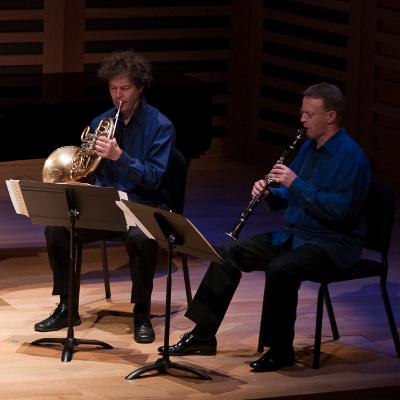How to Get a Good Sound on the Clarinet

The perfect tone for a clarinet has remained the subject of musicians for many years. Sounds from this extremely delicate instrument are typically rich, deep, dark, lighter and woody. Sometimes, there can be a lot of vibrations as well.
Tone of the clarinet depends on a number of factors including your facial bone density, your breathing ability, mouth jaw structure, quality of the instrument and reed. It is recommended to practice playing the clarinet to achieve the perfect clarinet tone. Practicing several times a day will also help you find the reeds and mouthpieces that produce the best tone.
Instructions
-
1
Consider changing the settings of your embouchure to meet your needs. Locate the mouthpiece of your clarinet and place your mouth on it. Practice several times a day in front of the mirror to perfect this art. It is also advised to place the entire mouth piece in your mouth when playing the instrument. By placing the whole mouthpiece in your mouth, your will have more control over the tone and sounds. According to experts, control of mouthpiece can make a significant difference if you are a beginner.
-
2
For best results, you must direct and shape the air using your tongue. It is recommended to keep your tongue in a position to make the K sound. By doing so, you will position the tongue back and deep in your mouth, which will then help improve the air delivery speed.
-
3
Always make sure your jaw is open and in a stable and fixed position. Furthermore, hold the mouthpiece strongly in between your lips so no air can pass through. Never bite on the mouthpiece using you jaw as this can damage the mouth piece and you will have to buy a new clarinet. Use your lips to apply all the pressure rather than your jaw.
-
4
Practising deep breathing exercises can also help you improve the tone. Experts say that breathing is as important as technique for playing the instrument. For strengthening your breathing method, you should consider using exercises to control your breathing regularly.
-
5
Always focus on your air stream. Never blow a slow, low and broad stream of air. Blow a narrow, fast moving and small stream of air after taking a deep breath. It is advised not to contract your belly when playing this instrument as this is likely to have an impact on your breathing technique.






